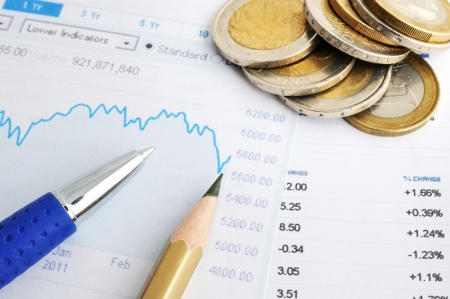Economists see higher peak for Brazil’s rates as central bank keeps tightening

By Marcela Ayres
BRASILIA (Reuters) – Economists raised their projections for Brazil’s borrowing costs at the end of its tightening cycle after the central bank accelerated its rate hike and signaled that even with a more aggressive rate path, inflation remains above target.
On Thursday, futures markets also began pricing in expectations that Brazil’s central bank will continue raising rates through July next year, with the Selic benchmark rate projected to surpass 14%.
Policymakers on Wednesday raised rates by 50 basis points to 11.25% and left the door open for further increases, underscoring that both the pace and total scope of the tightening cycle are firmly tied to their commitment to returning inflation to target.
The central bank, which incorporates market interest rate forecasts into its own projections, raised its inflation estimate for the relevant horizon to 3.6% for the second quarter of 2026, exceeding the official target of 3%.
This projection assumes rates peaking at 12.5% next year.
When the bank’s monetary policy committee, Copom, began raising rates in September, it had projected inflation at 3.5% for the relevant horizon, with a lower terminal Selic rate of 11.5%.
“This indicates two things: other inflationary pressures are outweighing the effect of the projected monetary tightening, and the Copom’s – undisclosed – ‘flight plan’ likely envisions a terminal Selic rate above 12.5%,” XP (NASDAQ:) wrote in a note to clients.
XP now expects the Selic to reach 13.25% by the end of the tightening cycle, up from a previous forecast of 12%, implying four additional 50 basis-point increases ahead.
Meanwhile, UBS BB raised its forecast for the Selic to peak at 12.75% in March, up from a prior forecast of 12.25% in January.
JP Morgan revised its terminal Selic rate to 13%, noting that it initially expected a coordinated global easing to lower exchange rate pressures, which would have allowed Brazil’s central bank to pursue a smaller rate hike cycle than market consensus anticipated.
“However, the global environment now appears more uncertain, and reduced easing abroad is likely to keep the real more depreciated than we initially expected,” it said.



